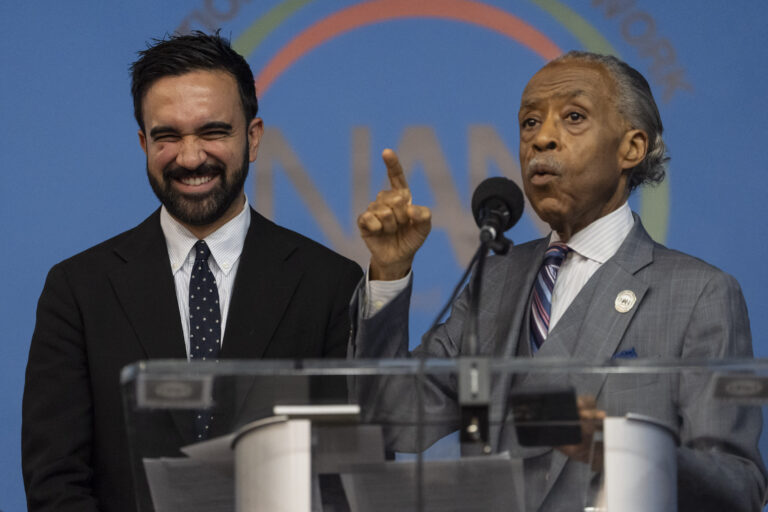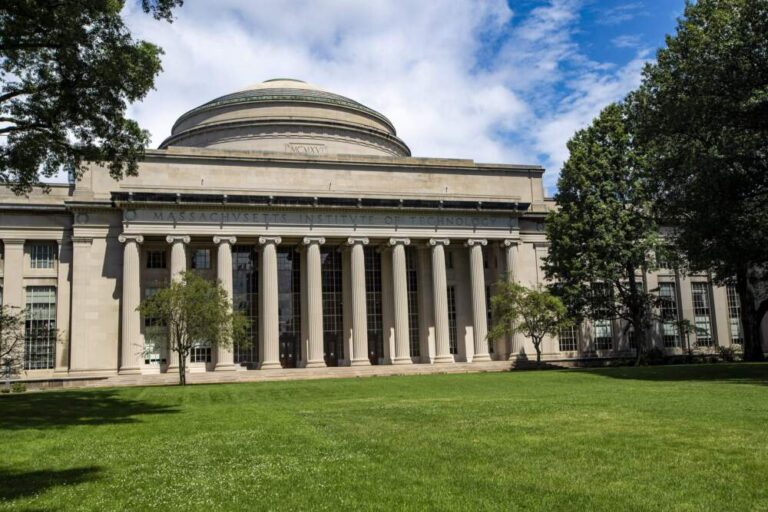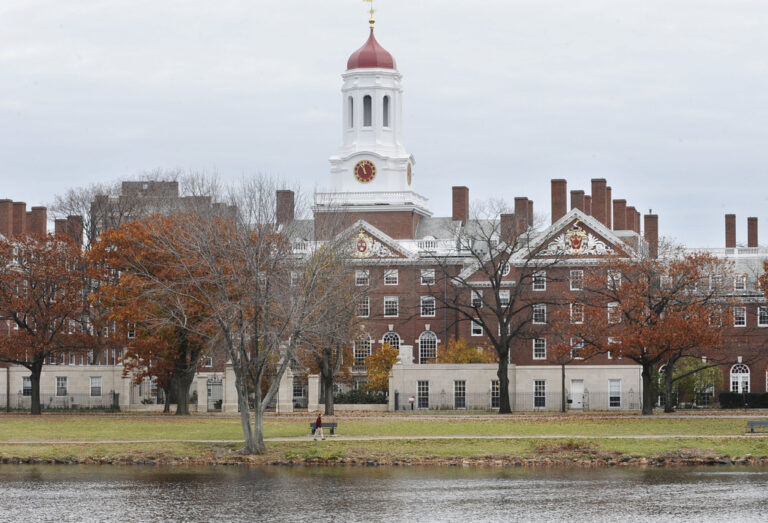 New York – Non-residential construction costs in New York City significantly outpace similar construction in other major U.S. cities, and the gap continues to widen, according to New York City’s Rising Construction Costs: Issues and Solutions, an analysis of recent and future trends, released today by the New York Building Congress and the New York Building Foundation.
New York – Non-residential construction costs in New York City significantly outpace similar construction in other major U.S. cities, and the gap continues to widen, according to New York City’s Rising Construction Costs: Issues and Solutions, an analysis of recent and future trends, released today by the New York Building Congress and the New York Building Foundation.
Over the past 35 years, the cost of construction in New York City has increased more than 400 percent. In recent years, the cost curve has escalated. According to the report, costs rose 32 percent between the first quarter of 2004 and the first quarter of 2007. General contractors in New York reported a 5 to 6 percent increase in 2004, an 8 to 10 percent increase in 2005, and a 12 percent increase in 2006. The rate of escalation moderated to 11 percent annually in 2007 and is expected to reach one percent a month over the next 2 to 3 years.
At present, construction in New York City is more than 60 percent more expensive than in Dallas; 50 percent more than Atlanta; 25 percent more than in Seattle; and 20 percent more than in Los Angeles.
On a more positive note, the report identified a wide range of measures that, if taken by industry and government, would significantly reduce the overall cost of construction in New York City and bring it more in line with other U.S. cities.
“A number of factors have been acting in conjunction with an unprecedented volume of construction to produce a seemingly relentless rate of cost escalation, which shows no sign of diminishing in the coming years,” said New York Building Congress Chairman Dominick M. Servedio. “Fortunately, and as this report indicates, government, management and labor have the power to contain some of these costs if each is willing to work together on a series of proactive measures. In fact, Mayor Bloomberg on Monday announced a series of aggressive steps aimed at reducing costs and making City capital projects more contractor-friendly.”
Added New York Building Foundation Chairman Richard M. Tomasetti, “Though the current white-hot demand of construction in New York City is largely undiminished, the question arises as to whether, and at what point, these inflationary pressures and increased costs will finally begin to dampen the enthusiasm of developers and threaten to overwhelm the funding for public projects.”
Building Congress President Richard T. Anderson said, “This year has already produced news that government is pulling back on long-anticipated and initially-funded projects – such as the expansion of the Javits Convention Center and creation of a Fulton Street Transit Center. These events point to the collective need to get a real handle on building costs, especially given the multitude of major transit and development projects currently on the drawing board – including the Second Avenue Subway, Atlantic and Hudson Yards and the World Trade Center build out.”
Some of the report’s findings follow:
*Construction costs today represent a 50 percent increase from four years ago and reflect a 150 percent differential over the trade costs for a comparable office building in Chicago.
In 2007, the hard costs of constructing a high-rise office building in New York City ranged from $285 to $375 per square foot (psf), compared to a $230 psf average in 2003 and roughly $120 to $130 psf in the mid-1990s.
*When contingencies, general conditions, insurance, subcontractor bonds and construction management fees are added, total project costs of high-rise office buildings in New York can exceed $400 psf – exclusive of soft costs, land costs and developer profits. This compares to $150 in Atlanta; $180 in Chicago; and between $200 and $300 in other major cities.
In January 2008, the Bureau of Labor Statistics estimated a 3.3 percent increase in office building construction costs nationally over 2007. By comparison, New York contractors currently report a 10 to 12 percent increase.
*Total hard costs of school construction in 2007 were $512 per square foot (psf) in New York, compared to $289 in Chicago.
*Hospital construction currently averages $600 psf in New York City, compared to Boston and Washington DC, where costs range from $500 to $555 psf, and Los Angeles and San Francisco, where costs range from $380 to $400 psf.
According to the report, many inflationary pressures are borne out of global conditions and the forces of supply and demand. Demand for scarce construction materials, particularly steel, has surged this decade nationally and in booming economies such as China and India. Further exacerbating the cost of these materials is ongoing declines in domestic production. Other factors in national building-cost escalation have been the weakness of the dollar and increasing labor costs.
In New York City, additional inflationary factors include higher labor costs, tighter supply of materials and urban logistical issues. Related local factors include prevailing wage mandates, extensive union work rules and various jurisdictional issues, which often cause delay due to different work schedules among trades and the process for dealing with division of labor issues.
Productivity and safety concerns related to less-skilled, less-experienced non-union labor may be another contributing factor in rising costs. A limited supply of local specialized trades, like curtain-wall installers and elevator/structural steel erectors, and urban logistical issues, such as street congestion, special permitting requirements for Saturday deliveries and staging constraints, also make building in New York more expensive.
Moreover, soft costs, land costs, and regulatory costs play an equal or greater role in New York, due to higher insurance rates and liabilities, limited available sites, high and escalating prices on land, costs of environmental mitigation and the constraints imposed by public processes and regulations, such as building and zoning codes as well as site and design approval. Land costs have accelerated beyond all other factors, driven by returns in the luxury condo and office markets of New York.
The report concludes with a set of recommended actions on the part of government and the industry that, if followed, could help mitigate or even reverse local cost factors.
(YWN Desk – NYC / New York Building Congress)










